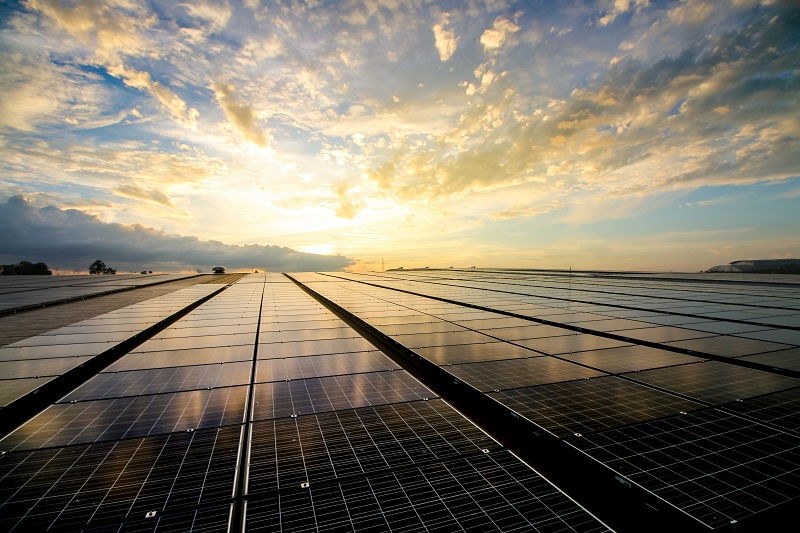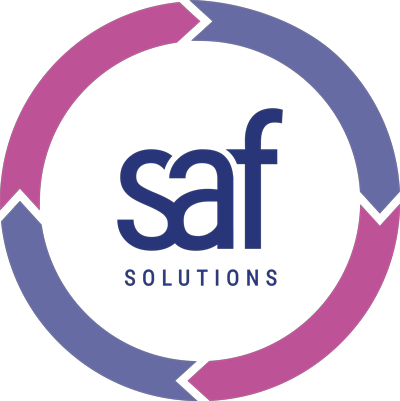The drive for more energy-efficient, carbon-neutral ways of working is becoming increasingly prevalent in the healthcare industry.
And, with the NHS publicly committing to achieving net-zero targets by 2040, sustainability is high on the national agenda, with greener solutions required to help hospitals and other healthcare facilities operate more sustainably.
It is widely appreciated that NHS budgets are extremely tight, often with reactive investment and maintenance being prioritised over longer-term improvements to energy infrastructure and site resilience.
However, the current climate emergency is not going away any time soon and net-zero targets will become politically important.
Furthermore, energy price inflation has highlighted the importance of cost control, meaning key NHS decision-makers need to ensure energy efficiency remains a top priority.
Funding projects via flexible finance
Upgrading energy infrastructure will bring countless benefits to the healthcare sector, particularly the NHS.
With mounting pressures from carbon reduction targets, as well as increased demand for improved energy resilience and more-sustainable ways of working, alternative procurement methods are more relevant than ever.
Companies who supply or manufacture energy-efficient products should explore the option of introducing flexible finance for their customers, offering an alternative procurement solution for those who may not have the available budget for outright capital purchase or are seeking a more cost-effective procurement solution
Flexible finance facilitates the funding of energy-efficient equipment and energy infrastructure projects via a tailored finance facility.
And this allows healthcare organisations to benefit from implementing green technologies immediately, paying for the equipment through a structured repayment profile, meaning there is no requirement to fund the project upfront in full.
Companies who supply or manufacture energy-efficient products such as LED lighting, heat pumps, or solar panels, to name just a few, should explore the option of introducing flexible finance for their customers, offering an alternative procurement solution for those who may not have the available budget for outright capital purchase or are seeking a more cost-effective procurement solution.
These agreements can be developed in close collaboration with the customer, aligning with any budget constraints they may have and considering any cashflow benefits that may be achieved.
Agreements can be developed to suit any budget, with the repayment terms tailored to fit the financial drivers of the customer.
From something as simple as changing to LED lighting, to complex energy infrastructure projects, implementing more-resilient and efficient technologies will significantly improve an organisation’s estate in the short, medium, and long term
The key difference compared to investing via capital purchase is that the healthcare provider can start benefitting from the equipment straight away, without having to wait to secure the budget in its entirety.
Are there financial benefits with a funding solution?
Healthcare providers who opt to invest in much-needed equipment or infrastructure via a finance agreement may discover that it can often deliver a cash-neutral or cash-positive procurement solution.
With a thorough analysis of the savings and financial benefits of any energy project, a bespoke funding solution can be structured to ensure the cost benefit of introducing a flexible procurement option is in line with the cost of finance in the first year, making the investment cost neutral for the customer.
Flexible finance enables organisations to invest in energy-efficient technologies without having to fund expensive equipment upfront
The advantages of introducing a finance solution to procure green technology include removing concerns around the rising cost of energy and the reduced need for reactive maintenance costs and will help ensure the project generates an ongoing surplus for the customer from year two thanks to the fixed repayment plan.
In some cases, the right finance structure can also create a cash surplus from year one.
Effective investment in the right technologies can mean that, from the outset, the customer is seeing a direct financial benefit from the investment without that large upfront capital outlay.
When it comes to energy efficiency, the cost benefits associated with more-sustainable green technology speak for themselves.
Budgets and funding are already tight, which is why a cultural shift in how the public sector looks to achieve net-zero targets is needed
Finding more energy-efficient and cost-effective ways to run a large hospital estate will reduce costs and carbon emissions.
And, if a project can not only deliver savings, but also generate additional cashflow that can be redirected to frontline services and improvements in patient care, then this can be a particularly-compelling scenario for any healthcare organisation seeking to invest.
Meeting net-zero targets
Healthcare facilities contribute to 15% of the total NHS carbon footprint, meaning investment in improving infrastructure is essential if more-sustainable ways of working are to be implemented.
From something as simple as changing to LED lighting, or a more-efficient plantroom to complex energy infrastructure projects, implementing more-resilient and efficient technologies will significantly improve an organisation’s estate in the short, medium, and long term.
The key to unlocking these benefits can come from a well-considered funding mechanism.
In light of the increasing surgical backlog, the healthcare sector remains under significant pressure to keep up with rising patient demand.
Budgets and funding are already tight, which is why a cultural shift in how the public sector looks to achieve net-zero targets is needed.
Healthcare organisations are understandably patient and outcome focused, while energy infrastructure improvements are very necessary, approving capital expenditure on energy projects can be difficult in the face of other challenges that may be more patient focused.
Energy infrastructure projects which provide a cash saving or a cashflow surplus, as well as improved resilience and efficiency, may stand a better chance of board approval if they are not seen to be competing for CapEx with patient-focused investment.
Investing in green technology demonstrates true dedication to meeting the Government’s Net Zero Strategy while also promoting a modern and pro-active approach to improving efficiencies within healthcare
A bespoke funding solution may allow an organisation to prioritise patient care while still improving its energy infrastructure.
Finance agreements also have the flexibility to package together energy solutions, with varying payback profiles within one agreement, helping accelerate the return on investment for those projects with longer payback periods, which would ultimately be difficult to approve in isolation, but would contribute to an estate’s longer-term energy targets.
Sustainability is high on the national agenda and as 2040 draws closer increased pressure will be placed on the healthcare sector to deliver on its net-zero strategies.
And key decision-makers should be pro-active now to reap future benefits.
Investing in green technology demonstrates true dedication to meeting the Government’s Net Zero Strategy while also promoting a modern and pro-active approach to improving efficiencies within healthcare.
Finding more-efficient ways to run our healthcare service also allows public spending to be redistributed elsewhere while healthcare embarks on a new, more-sustainable future.
Solutions such as photovoltaic (solar panels) are increasingly being used to drive effiencies in the healthcare estate





